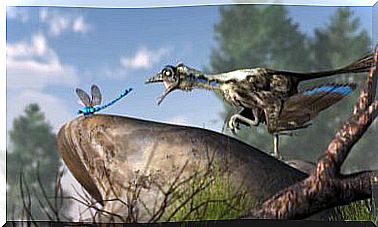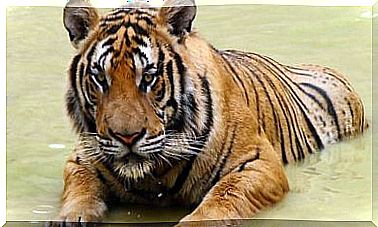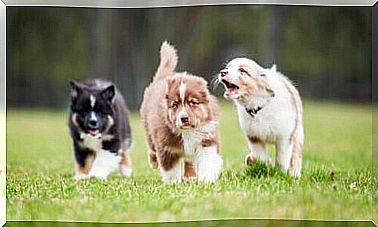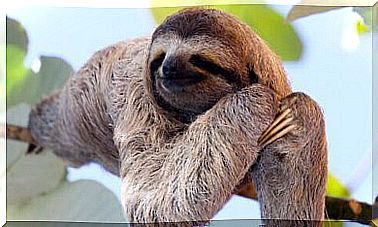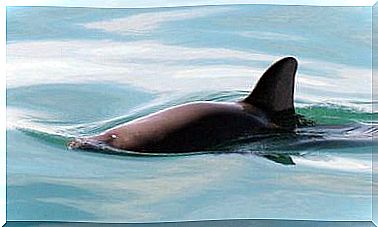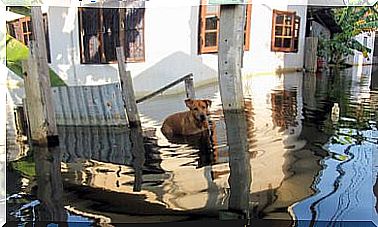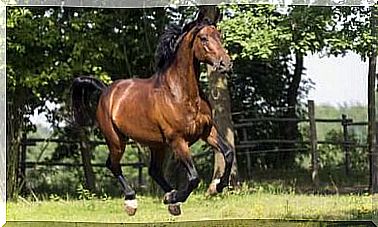Difference Between Wild And Domestic Animals
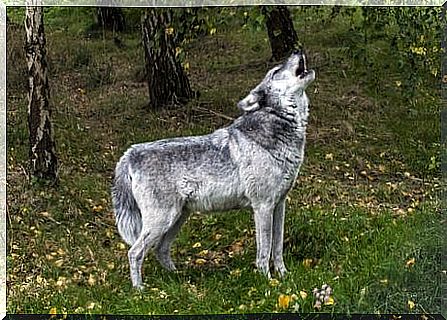
We all know that animals are free by nature. Even before the arrival of man, its characteristics began to change from generation to generation. An example of these changes are dogs and cats. After all, they were wild animals, but they live with us today. Now, let’s see the difference between wild and domestic animals.
Wild and domestic animals: selection and adaptation
Life has the ability to adapt to any environment. This is one of its most notable aspects. Animals are part of the chain of life. Therefore, we see different races and species that live with us daily.
But what makes a wild animal different from a pet? Well, the answer may be surprising to some and obvious to others.
Before we answer this question , we first have to talk about what characterizes a wild animal. That is, your attitude and your appearance. We cannot talk about all species, as this would require much more than just one article. However, we can assess some similar aspects among wild species.
One of the most striking features of wild animals is their attitude. Especially when approaching elements that arouse curiosity. In these situations, the vast majority of wild animals are extremely cautious. This is due to the risk that it may or may not be a distraction from a predator that threatens the animal’s life.
Another feature that stands out is the physical appearance of the animal itself. Many animals use their skin and coat to blend in with the environment. That way, they can pursue their prey more appropriately. Of course, this strategy not only serves as a camouflage, but also as a warning to daring predators.

Colors serve as a form of warning from one animal to another about their characteristics. Most of the time, it’s a sign of danger. Since many poisonous species tend to have bright colors. Likewise, there are others that simulate these colors and survive by “deceiving” predators about the risk they offer.
Adaptation and domestication
Wolves were the first wild animals to be domesticated by man. This process is believed to have occurred when a member of our species began sharing their food with a wolf cub or young adult. Thus, an approximation between the two species may have begun.
This process was repeated a multitude of times, resulting in the wide variety of dog breeds that exist today. But this was not just the case with dogs, but also with wild cats and other animals that currently inhabit the farms.
The characteristics of these domesticated animals are varied. Unlike wild animals, the animals domesticated do not tend to detach a lot of humans. Thus, they end up losing some of that freedom and curiosity that are characteristic of wild animals.
Likewise, the coat ends up losing its rustic tone, adapted to the terrain. Little by little, the coat gains a friendlier tone that is visually accepted by the human eye. Thus, we will no longer see, in most cases, the shades camouflaged with the environment or the bright colors that signal danger.
Many animals show physical transformations that are transmitted from generation to generation. Therefore, many reduce their size to be more attractive to men. In addition, some even transform parts of their body to make them look more friendly – and desirable – to human beings.
Furthermore, many breeds show a noticeable drop in aggressiveness towards any element, whether living or inanimate. And m uitas races exhibit a childish attitude that is very pleasing to humans, which increases their potential as a pet.
Everything according to its function
We’ve already talked about the characteristics of wild and domestic animals, and we’ve already answered part of the question we asked at the beginning of the article. In short, we can say that wild animals are more aggressive and are more adapted to the environment around them.
Likewise, domestic animals are adapted according to the function that human beings have developed over the generations. Dogs are hunters and faithful companions of human beings. So they obey each of the orders they receive.
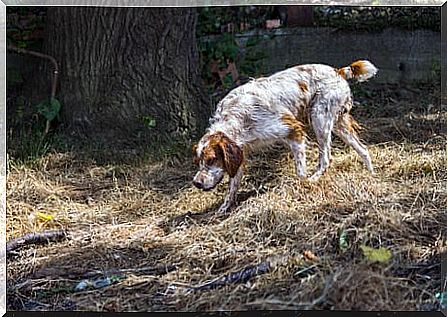
In the case of birds, they are raised as an easily accessible food source. This saves you the trouble of going out into the wild and exposing yourself to other wild predators. Hunting is a competition of the strongest and the loser usually pays with his life.
The truth is that we maintain a balance between wild and domestic animals, as they fulfill different roles in the ecosystem. After all, the alert is that the excess of one of these types of animals can unbalance the chain of life.
